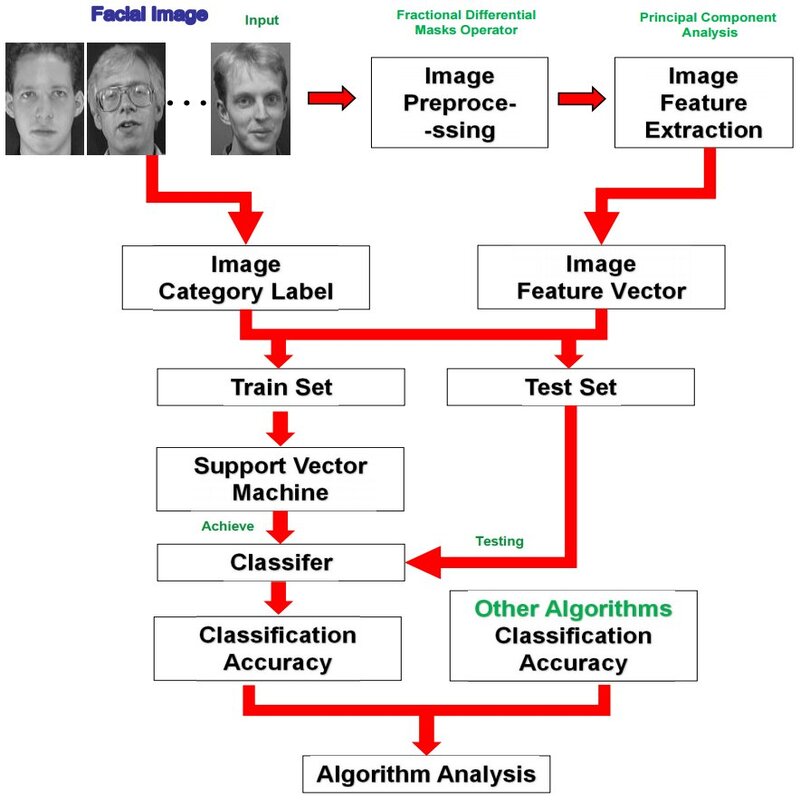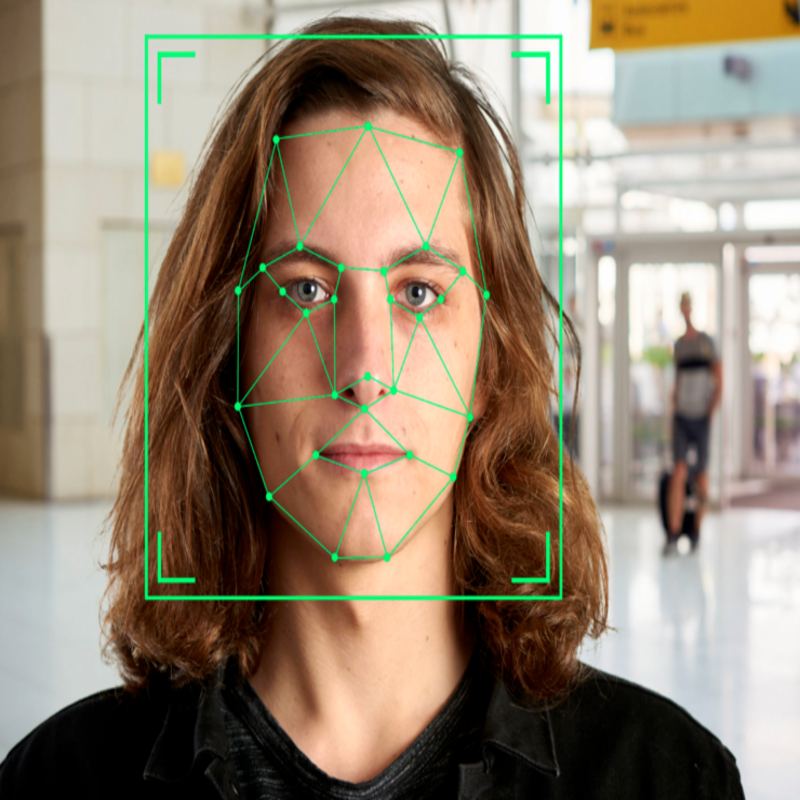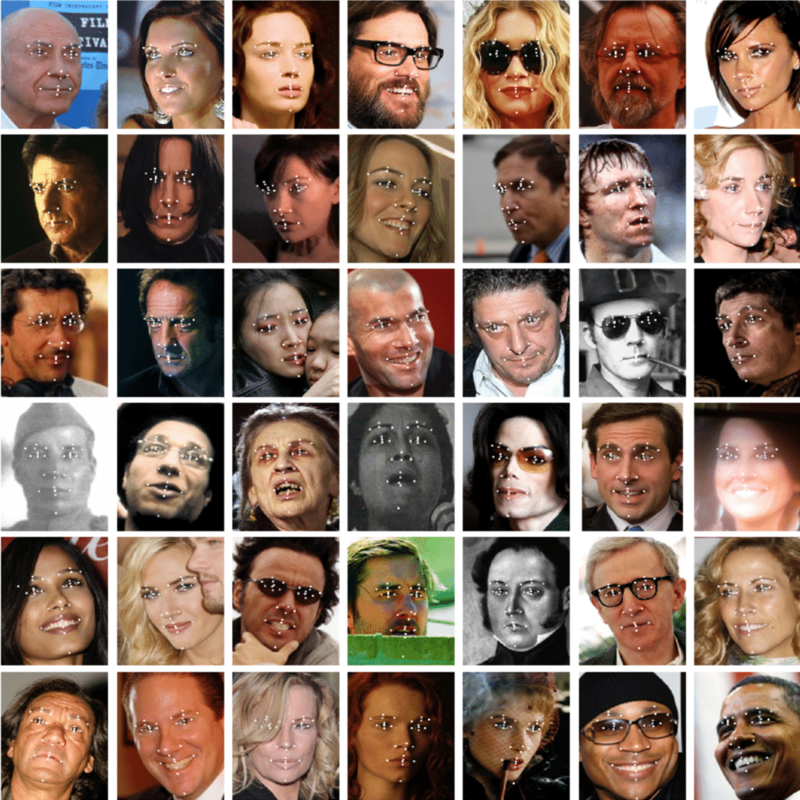Evolution of Face Recognition Technology
The journey of facial recognition technology has been remarkable. Starting as a concept, it has now become a fixture in various industries and devices. Its evolution marks the crossing of major milestones in the field of artificial intelligence.
A Brief History and Recent Advancements
Face recognition technology began in the 1960s with simple geometric models. The 1900s saw the first automated system. By the 2000s, face recognition used 3D models to improve accuracy. Recently, advancements in AI have given us systems that learn and adapt.
From Eigenfaces to Deep Learning Approaches
Initially, algorithms like Eigenfaces simplified recognition using statistical analysis. They reduced faces to essential features. Over time, technology shifted to deep learning. These new methods, such as Convolutional Neural Networks (CNNs), decipher complex patterns. They make recognition more accurate and reliable. Deep learning has led to breakthroughs, enhancing performance across diverse applications.

How Facial Recognition Algorithm Work
Facial recognition technology has transformed security, banking, and user experience. Its backbone is the sophisticated facial recognition algorithm, driven by artificial intelligence (AI) and machine learning. Here we explore how these algorithms function, from their AI foundations to the detailed processes.
The Role of Complex Mathematical AI
AI powers the operation of facial recognition systems. It relies on complex mathematics to process and understand faces. Algorithms analyze facial features to identify or verify a person’s identity. This process is essential for systems in security, payments, or device access.
Machine Learning Algorithms and Neural Networks
Neural networks, specifically Convolutional Neural Networks (CNNs), are crucial in facial recognition. Machine learning allows these systems to learn from vast amounts of data. They recognize patterns and improve their accuracy over time. This ability to learn differentiates modern algorithms from earlier, simpler systems.
The Detection, Verification, and Assessment Process
Firstly, the camera captures a face. Software then maps the facial features, using either vectors or points of interest. These features help in creating a facial signature which the system compares against known faces in a database. An assessment confirms if the face matches any in the system. If there’s a match, the system may unlock a phone, allow payments, or grant entry. The entire process is quick but involves highly advanced technology to ensure accuracy and reliability.
Applications and Uses in Various Fields
Facial recognition technology is reshaping various sectors with its applications.
Enhancements in Security and Surveillance
In security, facial recognition algorithms aid in identifying threats. They are used in airports for swift passenger check-ins. Law enforcement applies this tech for suspect tracking. It’s also employed in public surveillance to maintain safety.
Biometric Technology in Banking and Personalized Marketing
Banks use facial recognition for secure account access. This technology speeds up service and fights fraud. Marketing uses it to tailor ads to customer preferences. It ensures ads resonate with the target audience, enhancing user experience.
The Integration of Facial Recognition in Social Media and Smart Homes
Social platforms harness facial recognition for user tagging in photos. It helps in managing personal content and privacy settings. Smart homes employ this technology for access control. It allows for keyless entry and personalized home automation settings.

Potential Risks and Ethical Concerns
The use of facial recognition algorithm brings up several ethical issues and potential risks.
Issues of Privacy and Data Security
Privacy is a major concern with facial recognition. The technology often captures faces without consent. It stores sensitive data, which can be hacked or misused. Users fear their biometric data could be exposed or sold. Data security must be a top priority.
Legal Risks and Compliance with GDPR/CCPA
Facial recognition can clash with laws like GDPR in Europe or CCPA in California. These laws protect personal data. Companies using facial recognition must get user consent. They also need to conduct risk assessments. Non-compliance can result in heavy fines.
The Prevalence of Bias and False Positives
Bias in facial recognition software is a known problem. Studies show it struggles with non-white faces. This can lead to discrimination. False positives can also occur. This is when someone is incorrectly identified. Such mistakes can have serious repercussions for individuals.
Importance of Quality Data in Algorithm Development
Without quality data, facial recognition algorithms can fall short. High-quality data is crucial for their success.
The Impact of Data Collection and Labeling
Data collection and labeling are foundational for creating accurate algorithms. Labeling must be meticulous to ensure the tech works properly.
Accurate data collection allows algorithms to understand diverse facial features. This reduces bias and inaccuracies. Labeling helps the algorithm learn different traits effectively.
Inadequate data leads to unreliable recognition. This can cause false identifications. Diverse and well-labeled data, however, boosts the algorithm’s performance.
Ensuring Data Privacy and Adopting Anonymization Techniques
Data privacy is vital when handling facial data. Users’ consent and secure methods are essential.
Using anonymization techniques can protect personal information. This reduces the risk of privacy breaches.
Complying with data protection laws like GDPR is also important. Anonymization can aid in compliance, safeguarding both users and companies.
In conclusion, quality data is the backbone of successful facial recognition algorithm development. Collecting diverse and accurate data, investing in precise labeling, and ensuring privacy through anonymization are key.
Evaluating the Performance of Facial Recognition Algorithms
To understand how facial recognition algorithms stand up to real-world challenges, we must evaluate their performance. This evaluation helps to ensure that the technology not only works in theory but also excels in practical scenarios.
Benchmarking with Evaluation Datasets
Benchmarking facial recognition algorithms is vital. It involves using evaluation datasets. These datasets have a large number of facial images. They show different lighting, angles, and expressions. Researchers use them to test how well an algorithm recognizes faces. Popular datasets are LFW and IJB-C. These sets help to check the algorithm’s accuracy and reliability. A high score on these benchmarks suggests a more effective facial recognition algorithm.
Comparisons of Popular Algorithms and Methods
There are many facial recognition methods. Some are old, like Eigenfaces. Others are new, like deep learning techniques. Comparing these methods is key to finding the best one. Newer methods, such as Convolutional Neural Networks (CNNs) and FaceNet, have shown great promise. They often outperform traditional techniques. They are better at handling varied facial features and conditions. By comparing methods, we can choose the right one for each application.
In the end, careful evaluation ensures the development of facial recognition technology that is accurate and can be trusted. Every test on different datasets moves the technology forward. It helps us understand its full potential and limitations. This knowledge drives improvements in the field.

Future Directions in Face Recognition Technology
The world of technology moves quickly, and facial recognition is no exception. As we look ahead, there are several areas where this technology will grow and evolve.
Addressing Challenges and Improving Accuracy
Facial recognition software faces accuracy issues, especially when dealing with diverse populations or changes in lighting and expression. Another significant hurdle is privacy. People worry about their data’s misuse.
To improve accuracy, there must be better algorithms. These need to handle real-world variables better. There’s also a push for transparent use to address privacy fears.
Machine learning is key to more precise facial recognition. Future algorithms will learn from more varied and richer data sets. Fresh approaches could reduce bias and false positives. Transparency rules and clearer consent processes will help address privacy concerns.
Emerging Trends and Research Opportunities
AI in facial recognition is not just about identifying people. It’s evolving to understand emotions and intent. This could transform customer service, healthcare, and more.
Research is also exploring how to make facial recognition less resource-intensive. This would allow it to work on smaller devices without a loss in performance.
Other trends include integrating facial recognition with other biometrics for better security. Research is underway to improve anonymization techniques to protect identity further.
Combining AI with facial recognition opens many opportunities. We’ll likely see developments in smart cities, targeted advertising, and more personalized experiences. This requires careful consideration of ethics and regulations to safeguard individual rights.
The facial recognition field is poised for significant advancements. How we navigate the complexities will influence the scope and acceptance of this technology in our daily lives.


